Ms. Furnari: Classroom to Courtside
Algebra Teacher Sherry Furnari analyzing game statistics before and during the basketball game.
Feb 11, 2016
Known as a math teacher here at Gables, Ms. Furnari is known as a Miami Heat statistic person when she steps onto the court at the American Airlines Arena. Here, Furnari shares her dedication to math both inside and outside of school.
Q: For how long have you been working at Gables?
A: This is my 31 year at Coral Gables and my 31 year teaching.
Q: What do you teach?
A: I teach…Algebra 2 Regular, Algebra 1, Intensive Math and Algebra 2 Honors Gifted.
Q: Why did you choose to teach Math at Gables?
A: Actually Coral Gables found me; when I graduated from college in New York, my parents moved down here and I applied downtown…Coral Gables was the first [school] that called me. I was 21 years old.
Q: When did you start off as a stat person for the Miami Heat?
A: I started 26 years ago.
Q: Why did you choose to become a stat person for the Heat?
A: I knew somebody at the University of Miami. I worked their stats first and the people who work at University of Miami worked the Heat games…I missed a year and half of the Heat and then they brought me over.
Q: Are there any requirements in order to be a stat person? What are they?
A: Well [I] had to prove that [I] knew the game of basketball and [I was prepared because] I coached here for 2 years. In order to be a stat person [I] had to take a test….every year you need to know every single thing about the game.
Q: What do you enjoy most about being a stat person?
A: Besides just being involved with the Miami Heat, [I think] the organization is top notch. They treat you very well, they respect you, and it is a great place to work. The people that I work with are very good friends of mine and we get along very well.
Q: What do you have to do as a stat person?
A: [On a typical day] , I leave here [at] about 5:15 [and] get to the arena at quarter to six. I go out to the court and I put in the injury lineups, check the rosters, [and] make sure every number matches the player, because you have active and inactive players, and that has to be done by a certain time. Then I go eat, and then I go back out at around seven, double check the roster, [and] make sure everything is ok and that is it; the game goes on.
Q: How often do you calculate stats?
A: Every home game. Every home team has their own stat crew, so when I have a game, I am doing stats for the away team and my team. I am doing everything that is happening on the court, so I don’t travel. I only do the home games.
Q: Is it hard being a stat person?
A: It could be if you are not involved in sports. It is not hard. I think being a math person [helps] because of all the numbers and things that you work with [require]…you be logical [and] rational, [and because] it calms you down when things are going on and it gets very stressful. The game goes on, [and if] you miss something there are other people there that check, because…they have to check what I am doing and make sure everything goes in. You have to do footage on the court; whether [there are] alley-oops, dunks, rebounds, [or] officials, you got to have everything in there.
Q: What is your least favorite part about being a stat person?
A: [My] least favorite [part] is getting home at 12, 12:30, at night and getting up at 4:15.


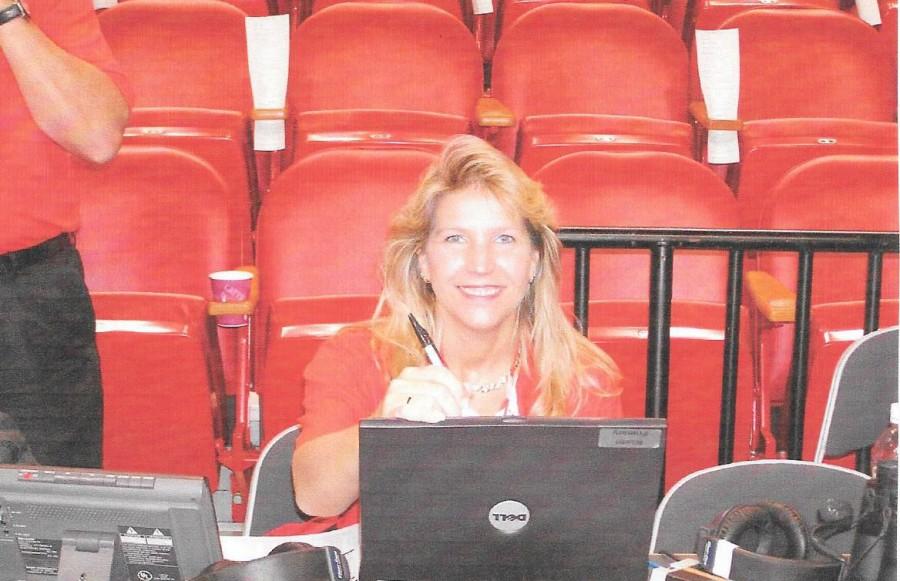
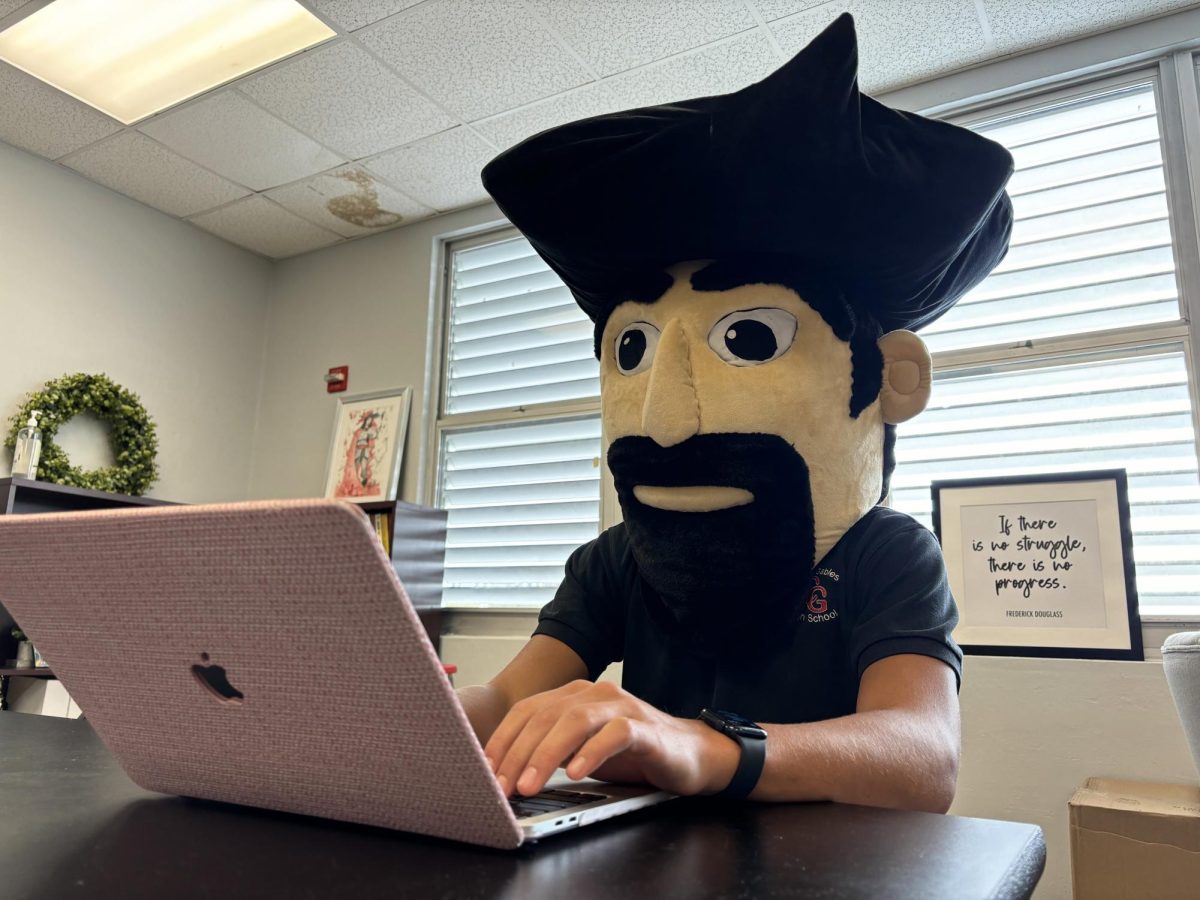
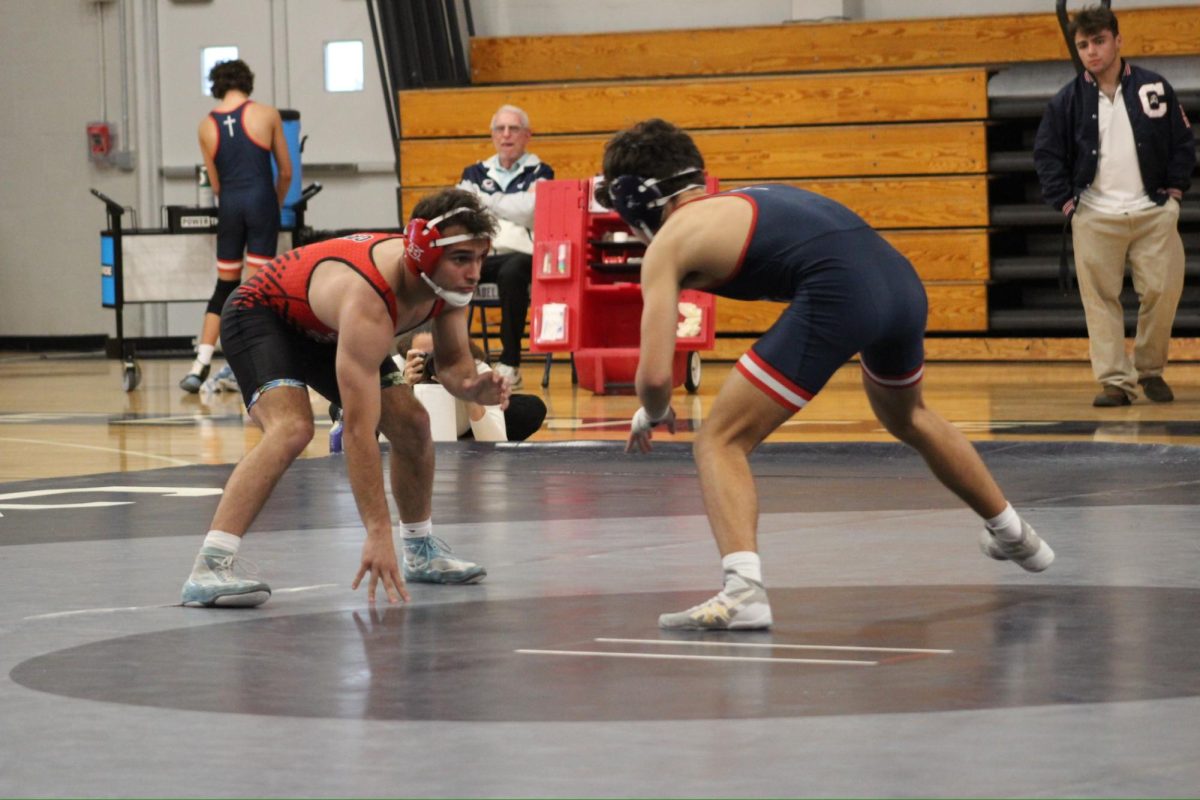



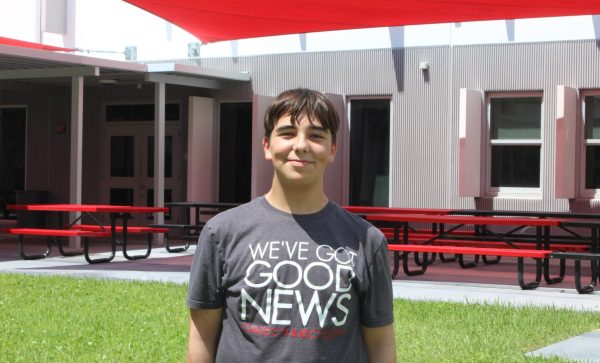




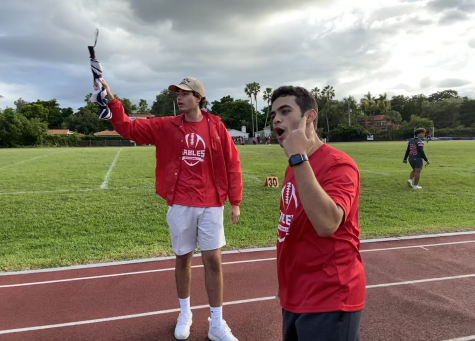

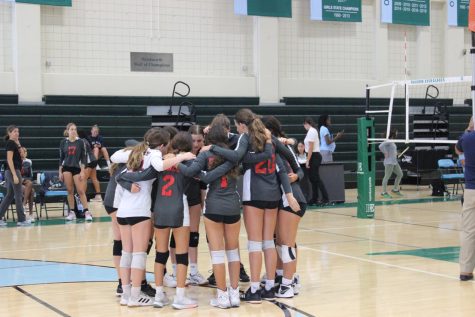






Mahamed Mouses Abdi • Dec 8, 2019 at 6:05 am
i need that school